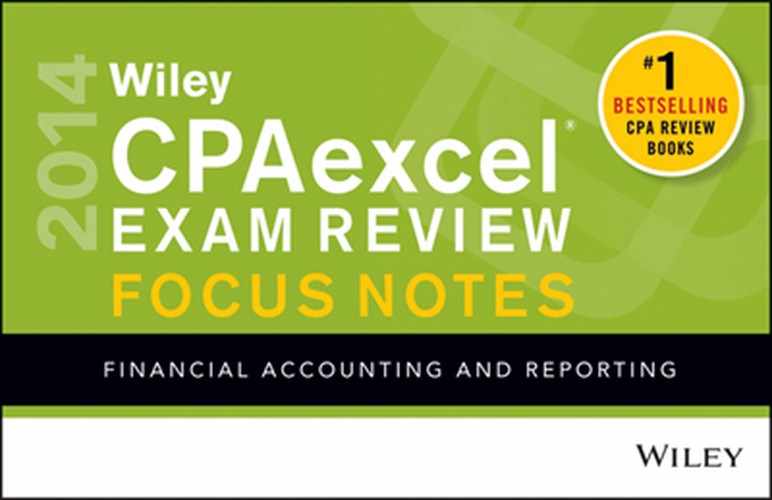Focus on: Deferred Taxes—Module 14
ACCOUNTING FOR INCOME TAXES (ASC 740/FAS 109)
Income Tax Expense
Taxable income = Pretax accounting income
- No temporary differences
- Income tax expense = Current income tax expense
- No deferred tax effect
Taxable income ≠ Pretax accounting income
- Temporary differences
- Income tax expense = Current income tax expense ± Deferred income taxes
Current Income Tax
Current income tax expense = Taxable income × Current tax rate
Current tax liability = Current income tax expense – Estimated payments
Taxable income:
| Pretax accounting income (financial statement income) | |
| ± | Permanent differences |
| ± | Changes in cumulative amounts of temporary differences |
| = | Taxable income |
Permanent and Temporary Differences
Permanent differences
- Nontaxable income (interest income on municipal bonds) and nondeductible expenses (premiums on officers’ life insurance)
- No income tax effect
Temporary differences
- Carrying values of assets or liabilities ≠ tax bases
- May be taxable temporary differences (TTD) or deductible temporary differences (DTD)
- TTD result in deferred tax liabilities, and DTD result in deferred tax assets
Assets
- Financial statement basis > Tax basis = TTD
- Financial statement basis < Tax basis = DTD
Liabilities
- Often it is easier to examine the net effect on income. For example, if straight-line depreciation is used for financial statement purposes and the modified accelerated cost recovery system (MACRS) is used for tax purposes, depreciation expense for book purposes < that for tax purposes leading to net financial income > net taxable income, resulting in a deferred tax liability.
- Net financial income > Net taxable income = Deferred tax liability
- Net financial income < Net taxable income = Deferred tax asset
Deferred Tax Assets and Liabilities
TTD × Enacted future tax rate = Deferred tax liability
DTD × Enacted future tax rate = Deferred tax asset
Selecting appropriate rate:
Deferred Tax Asset Valuation Allowance
May apply to any deferred tax asset
- Is it more likely than not that some or all of deferred tax asset will not be realized?
- Consider tax planning strategies.
Valuation allowance = Portion of deferred tax asset that will not be realized
NOTE: An unrecognized tax benefit should be presented as a reduction of the deferred tax asset for a net operating loss carryforward (or similar tax loss) or tax credit carryforward. If these items do not already exist, the unrecognized tax benefit should be presented as a liability (not a deferred tax liability unless it is the result of a taxable temporary difference) and not be combined with deferred tax assets.
Deferred Income Tax Expense or Benefit
- Increase in net liability amount = Deferred income tax expense
- Decrease in net asset amount = Deferred income tax expense
- Increase in net asset amount = Deferred income tax benefit
- Decrease in net liability amount = Deferred income tax benefit
Balance Sheet Presentation
Identify current and noncurrent deferred tax assets, liabilities, and valuation allowances
Current—TTD or DTD relates to asset or liability classified as current
Noncurrent—TTD or DTD relates to asset or liability classified as noncurrent
TTD or DTD does not relate to specific asset or liability (such as result of net operating loss carryforward)—Classify as current or noncurrent, depending on period of tax effect
IFRS for Deferred Income Taxes
- Deferred tax assets/liabilities always noncurrent
- Use enacted rate or substantially enacted rate
- No valuation allowance (reported net)
Accounting for Uncertainty in Income Taxes
- Applies to all tax positions related to income taxes subject to ASC 740/FAS 109
- Utilizes a two-step approach for evaluating tax positions.
- Recognition (Step 1) occurs when an enterprise concludes that a tax position, based solely on its technical merits, is more likely than not to be sustained upon examination.
- Measurement (Step 2) is only addressed if Step 1 has been maintained. Under Step 2, the tax benefit is measured as the largest amount of benefit, determined on a cumulative probability basis, that is more likely than not to be realized (i.e., a likelihood of occurrence greater than 50%).
- Those tax positions failing to qualify for initial recognition under Step 1 are recognized in the first subsequent interim period that they meet the more-likely-than-not standard, and are resolved through negotiation or litigation or on expiration of the statute of limitations.
- Derecognition of a tax position that was previously recognized occurs when the item fails to meet more-likely-than-not threshold.
- ASC 740/FIN 48 specifically prohibits the use of a deferred tax valuation allowance as a substitute for derecognition of tax positions.
